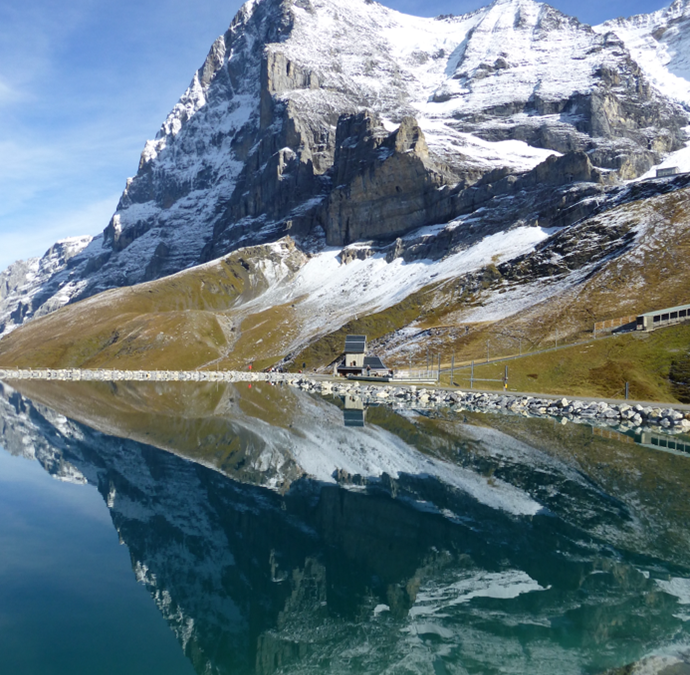I’m delighted to share key insights from the latest climate research presented by Prof. em. Dr. Atsumu Ohmura at the 18th Baseline Surface Radiation Network (BSRN) Scientific Review and Workshop held in Tokyo this month. These findings are a testament to the ongoing importance of scientific inquiry in addressing climate change.
Key Highlights:
- Long-term study: Analyzed 23 years of data (1998-2021) from 22 stations, offering a comprehensive dataset for climate analysis.
- Increasing longwave downwelling radiation: Identified a mean increasing rate of +0.215 Wm⁻²/a across all sites.
- Causes of radiation increase: 46% attributed to greenhouse gases, including water vapor; 54% to temperature increase.
- CO₂ impact: Excluding temperature effects, the rate of increase is +0.05 Wm⁻²/ppm CO₂.
- Surface net radiation: Increased at nearly all stations, with a mean rate of +0.312 Wm⁻²/a, surpassing the longwave radiation increase.
- Contributors to net radiation: Longwave downwelling radiation (61%), shortwave global radiation (31%), and albedo decrease (9%) are significant contributors.
- New concept: Proposes a concept of radiative forcing for the Earth’s surface, measurable at the surface, diverging from conventional tropopause-based definitions.
- Climate sensitivity update: Updated the temperature sensitivity of the climate system over the past half-century to 0.053 K/Wm⁻².
These insights highlight the depth and breadth of the study, contributing significantly to our understanding of climate change and radiative forcing.
What are your thoughts on these findings? How might they influence future climate policies and mitigation strategies?
#ClimateScience #GlobalWarming #ResearchImpact #ClimateChange #BSRN #SURFRAD


